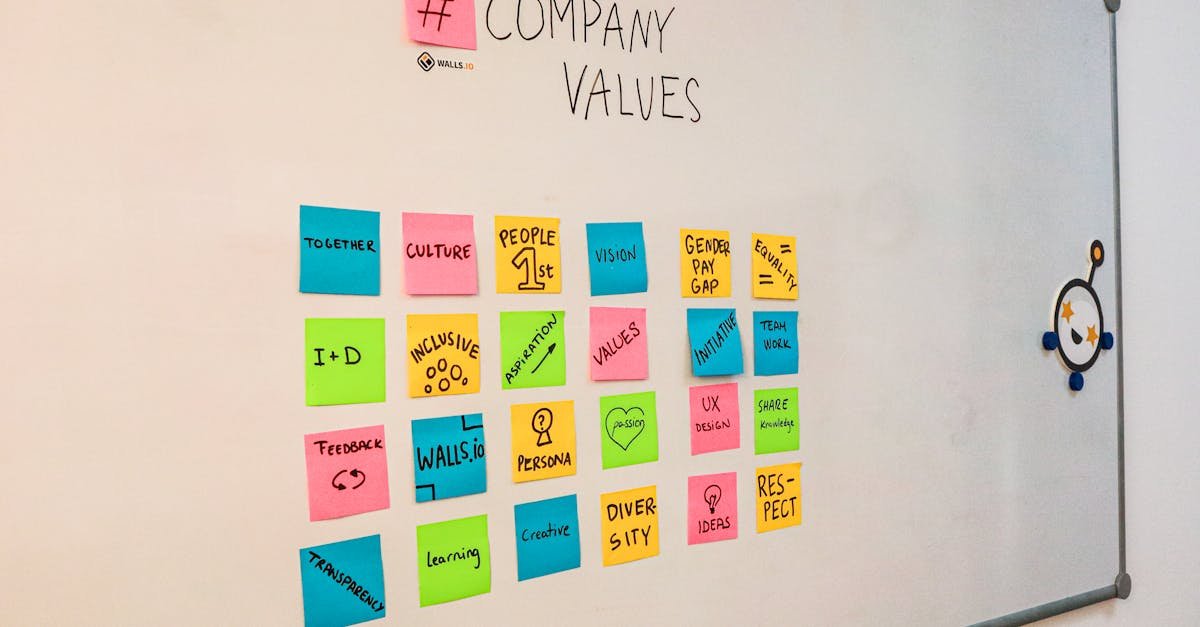From Operations to Leadership: Navigating Your Career Transition
Ever felt stuck in your operational role, wondering how to make that leap into leadership? You’re not alone. Many of us have been there, sitting at our desks, thinking, “What’s next for me? How do I showcase my skills for that promotion?” The transition from operations to leadership can be tricky. But with the right mindset and approach, you can navigate this journey successfully. Let’s break it down a bit. I’m Vikrant Aglawe, and over my 20+ years in the shared services industry, I’ve led multiple successful transitions—both for myself and my teams. Here’s what I learned. Understand the Landscape First off, grasp where you are in your journey. Operations roles are detail-oriented and process-driven. Leadership, on the other hand, demands a broader view. Here’s how to get yourself ready for that shift: Reflect on Your Experience: Take stock of what you’ve accomplished. What processes have you optimized? What teams have you led? This reflection will help you articulate your story. Identify Gaps: Recognize where your skills might fall short. Do you need more experience in strategic planning or stakeholder engagement? Figure it out. Develop Leadership Skills Alright, you’ve assessed your comfort zone. Now, it’s all about expanding your skill set. Here, we’re looking at both hard and soft skills. Soft skills, like emotional intelligence and communication, are game changers in leadership. And guess what? They don’t require a fancy degree to develop. Start by: Seeking Feedback: Ask your peers and supervisors where you can improve. Use that feedback as a springboard. Taking Initiative: Look for ways to lead projects, even small ones. Show your management you’re ready for more. Networking: Build relationships with leaders in your organization. Attend industry meetups and share your aspirations. Connecting with others gives you insights you hadn’t thought of. Showcase Your Value Now, let’s talk about visibility. You want to be seen as a leader long before you land that title. Think of this as marketing yourself without the cringe factor. Here’s how: Share Results: Document your successes and be vocal about them. If a process you led boosted efficiency by 20%, share it. Engage in Conversations: Step up in meetings. Your insights on operational improvements can highlight your leadership potential. Mentor Others: If you’ve been in the trenches, guide newer team members. This positions you as a go-to resource. Cultural Awareness Leadership isn’t just about the systems and processes. It’s also about understanding and managing people. In shared services, cultural awareness is crucial. You want to foster an environment that enhances collaboration and innovation. Here’s how to build that: Embrace Diversity: Recognize the value different perspectives bring. Working with diverse teams means more creative problem-solving. Encourage Open Communication: Create spaces where team members feel valued and heard. This builds trust, a cornerstone of effective leadership. Seek Leadership Opportunities If you’re hungry to grow, seek opportunities that stretch your capabilities. Look beyond your immediate responsibilities. Participate in cross-functional teams. Volunteer for projects that have leadership components. Here’s a few specific strategies to consider: Internal Programs: Many organizations offer leadership development programs. These often include mentoring, workshops, and real-time project-based learning. Contribute to Strategy: Align yourself with leaders in planning sessions. Your operational insight can bolster strategic direction. Learn Continuously: Consider certifications or courses focused on management techniques or process optimization. Connect with Leaders Find mentors who have walked this path before you. A mentor can share invaluable lessons from their own transitions. You can learn a ton from their mistakes and successes. How about reaching out to someone in the leadership team for a coffee chat? It’s about building relationships as much as it is learning. Stay Resilient Your journey will come with challenges. There’ll be setbacks. But resilience is key. Every leader faces bumps along the road. Here’s how to build a resilient mindset: Embrace Failures: Treat each setback as a learning experience. Reflect on what went wrong and how you’ll do it better next time. Stay Focused on Goals: Keep your career aspirations in sight. It will motivate you during tough times. Celebrate Small Wins: Every step forward is progress. Give yourself credit for achievements big and small. Conclusion: Make Your Move The shift from operations to leadership is a journey worth taking. The skills you’ve cultivated in operations can serve as a solid foundation for effective leadership. With determination, self-awareness, and strategic growth, you’ll be navigating your path to leadership before you know it. Remember, the move from operational mindsets to leadership involves embracing change, continually learning, and delivering results while connecting with your team. Are you ready to tackle that leap? Start today—because your next career chapter is closer than you think. Don’t forget to check out THEGBSEDGE for more insights into leadership and transformation in the shared services industry. Happy transitioning! “`
From Operations to Leadership: Navigating Your Career Transition Read More »









